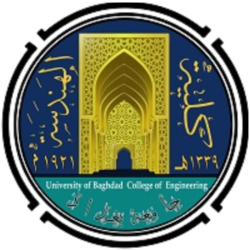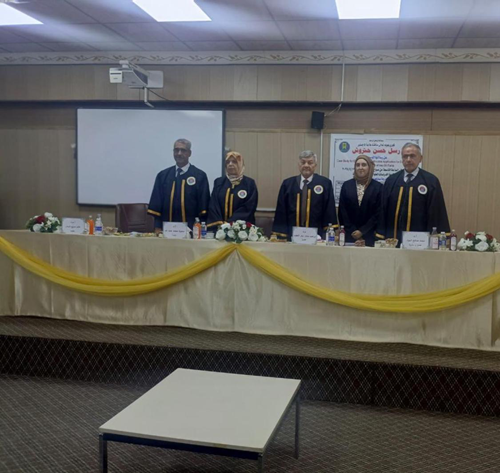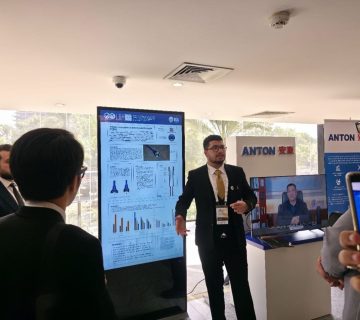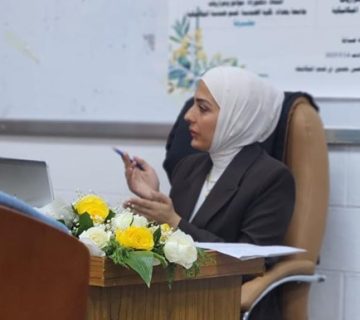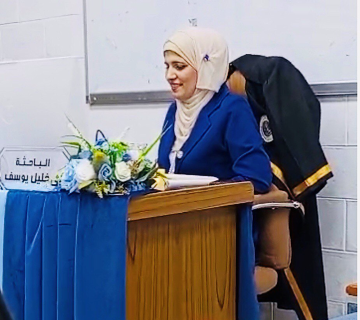On Monday, May 19, 2025, the College of Engineering at the University of Baghdad witnessed a public discussion of the master’s thesis submitted by student Rusul Hasan Hatroosh in the Department of Petroleum Engineering. Her thesis was entitled:
Case Study for CO2 and Flue Gas Injection as Miscible Displacement for Enhancing Oil Recovery in Nasiriyah Oil Field
The discussion was held in the discussion hall of the Department of Petroleum Engineering. The committee consisted of the professors listed below:
- 1. Prof. Dr. Samira Muhammad Hamdallah – University of Baghdad / Petroleum Engineering – Chair
- 2. Asst. Prof. Dr. Ghanim M. Farman – University of Baghdad / Petroleum Engineering – Member
- 3. MD. Dr. Ibrahim Bahr al- Uloom – Al-Alamein Institute for Graduate Studies / Najaf – Member
- 4. Prof. Dr. Mohammed S. Al-Jawad – University of Baghdad / Petroleum Engineering – Member and Supervisor
The study aims to evaluate the effectiveness of separate injection of pure carbon dioxide and separate injection of flue gas with different nitrogen and carbon dioxide ratios were used as an alternative to water injection to reduce carbon dioxide emissions and to study their impact on improving oil production and pressure in the Nasiriyah field using different patterns.
Injection scenarios tested different CO2 and N2 ratios. Results showed flue gas performed well in five-spot and seven-spot patterns by delaying breakthrough, maintaining pressure, and increase oil rate. However, in peripheral patterns, 100% of CO2injections yielded superior results in oil recovery, oil rate, and viscosity reduction.
This study provides valuable insights into improving resource management, pressure and oil production by studying the effects of injecting pure CO2 and flue gas in the Mishrif formation. Where flue gas injection demonstrated economic, oil production and environmental benefits in specific conditions, while CO2injection exhibited greater overall efficiency in others.
